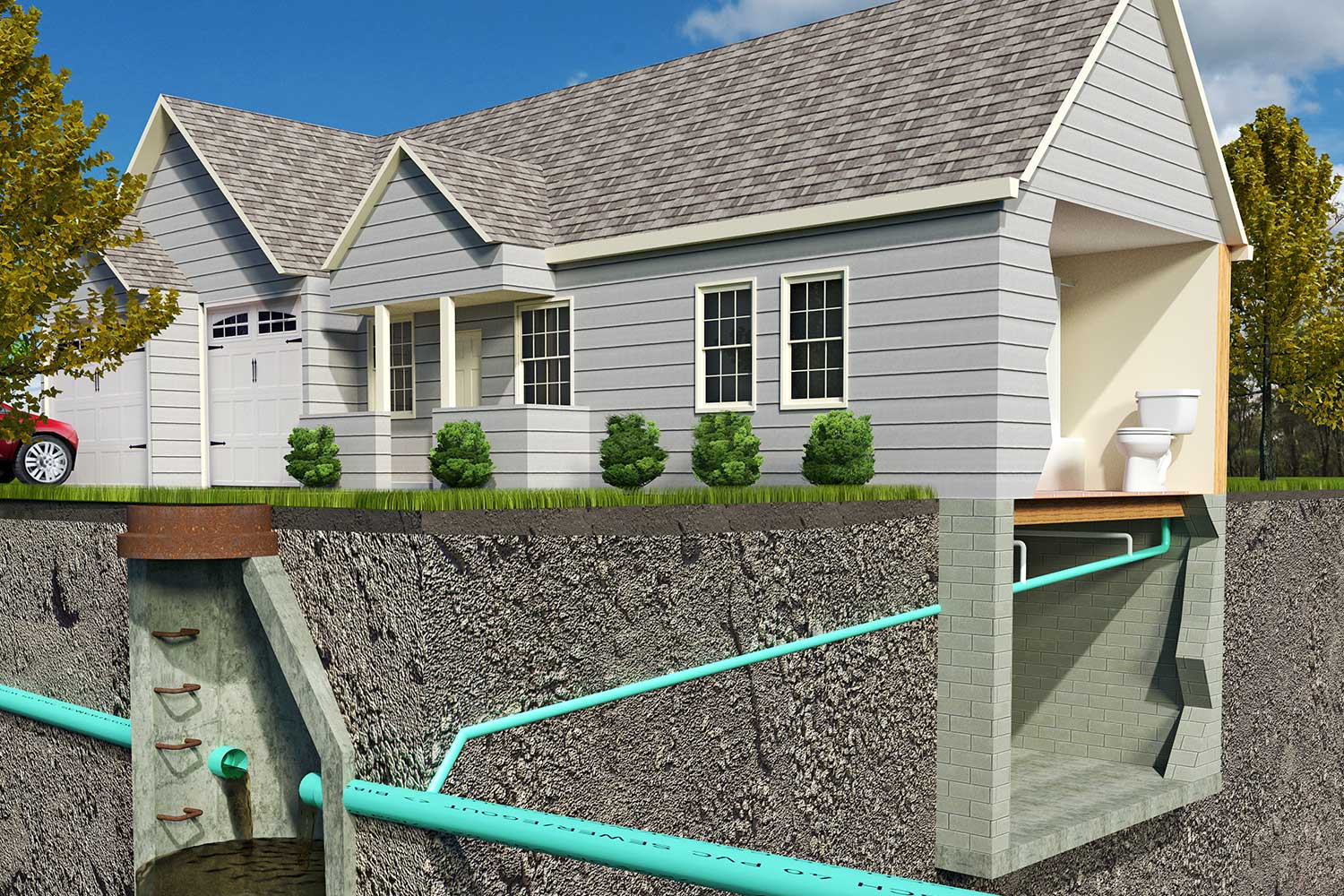
ADU Septic Systems: What You Need to Know Before You Build
Posted on February 3, 2025
Adding an accessory dwelling unit (ADU) to your property is an exciting way to create extra living space. But if your home isn’t connected to a public sewer system, you’ll need to consider how your ADU will handle wastewater. A septic system can be a practical solution, but it requires careful planning. This guide will explain how ADU septic systems work, what regulations apply, and the costs you can expect.
What is an ADU Septic System?
Simply put, an ADU septic system is a wastewater treatment system specifically designed to handle the additional waste generated by your new dwelling unit. Just like your main house, your ADU will produce sewage, and you’ll need a way to dispose of it safely and efficiently.
Do Your ADU Need a Septic System?
Not all ADUs require a separate septic system. If your primary residence already has a large enough septic tank and drain field, you may be able to connect the ADU to the existing system. However, adding a new structure means more wastewater, and local regulations often dictate whether an upgrade or new installation is needed. Consulting with a septic professional can help you determine the best option.
How Does It Work?
A septic system processes wastewater in three main steps:
- Collection – Waste from the ADU flows into a septic tank, where solids settle at the bottom and liquids rise.
- Treatment – Bacteria break down solids, reducing waste volume.
- Drainage – Liquid waste exits the tank and disperses through a drain field, filtering naturally into the soil.
Proper maintenance, like regular pumping and avoiding harsh chemicals, keeps the system working efficiently.
Permitting and Regulations for ADU Septic Systems
Building an ADU, and especially installing a septic system, comes with its own set of rules and regulations. Local building codes and environmental regulations will vary depending on your location. It’s crucial to research these requirements thoroughly and obtain all necessary permits before starting any construction.
Types of Septic Systems Suitable for ADUs
Several septic system options are available for ADUs, each with its own pros and cons.
- Conventional Septic Systems: These are the most common type, consisting of a septic tank and a drain field.
- Aerobic Treatment Units (ATUs): ATUs use aeration to break down organic matter more quickly, making them a good option for properties with limited space.
- Alternative Systems: Depending on your location and soil conditions, you might also consider alternative systems like mound systems or sand filters.
Common Challenges and Solutions
Installing a septic system for your ADU can present some challenges:
- Limited Space: If your property is small, finding enough space for a septic tank and drain field can be difficult.
- Soil Conditions: Poor soil conditions, such as high clay content, can hinder the proper functioning of a septic system.
- Cost: Septic system installation can be a significant expense.
Solutions include:
- Careful Planning: Work with a qualified septic system installer to carefully plan the layout of your system to maximize space utilization.
- Soil Testing: Conduct thorough soil testing to determine the most suitable type of septic system for your property.
- Explore Funding Options: Investigate potential funding sources, such as government grants or low-interest loans, to help offset the cost of installation.
Conclusion
A well-planned ADU septic system ensures safe and efficient wastewater management, making your accessory dwelling unit a functional addition to your property. Whether you’re upgrading an existing system or installing a new one, understanding the process helps you make informed decisions. If you need expert guidance for your ADU construction, Revive Design & Build can help.
